The extensive black spotting that covers the forewing distinguishes this moth from other chestnuts and sallows but the ground colour varies from almost brick red to light chestnut orange, sometimes even paler when faded after hibernation. Attracted to light and also to sugar and the flowers of Ivy, Sallows and Blackthorn.
Flight Season
There is one generation that flies between October and November and then again, after hibernation, from March to May.
Size and Family
- Family – Noctuidae
- Small Sized
- Wingspan Range – 30-35mm
Conservation Status
- UK BAP: Not listed
- Resident. Nationally scarce
Caterpillar Food Plants
Little is known about their habits but caterpillars have been found to feed on the leaves of Apple, including old fallen leaves. Also reared on Blackthorn, Plum and Sallows but accepts Dandelion and other low-growing plants. Larvae may possibly drop to the ground to feed as they grow larger and have an interaction with ants but further study is needed.
Habitat
Can be found in woodland, wooded heathland and pastoral farmland with trees and thick hedgerows.
Distribution
- Countries – England and Wales
- Central southern and south-west England and south Wales. Has expanded its distribution since the 1990s.
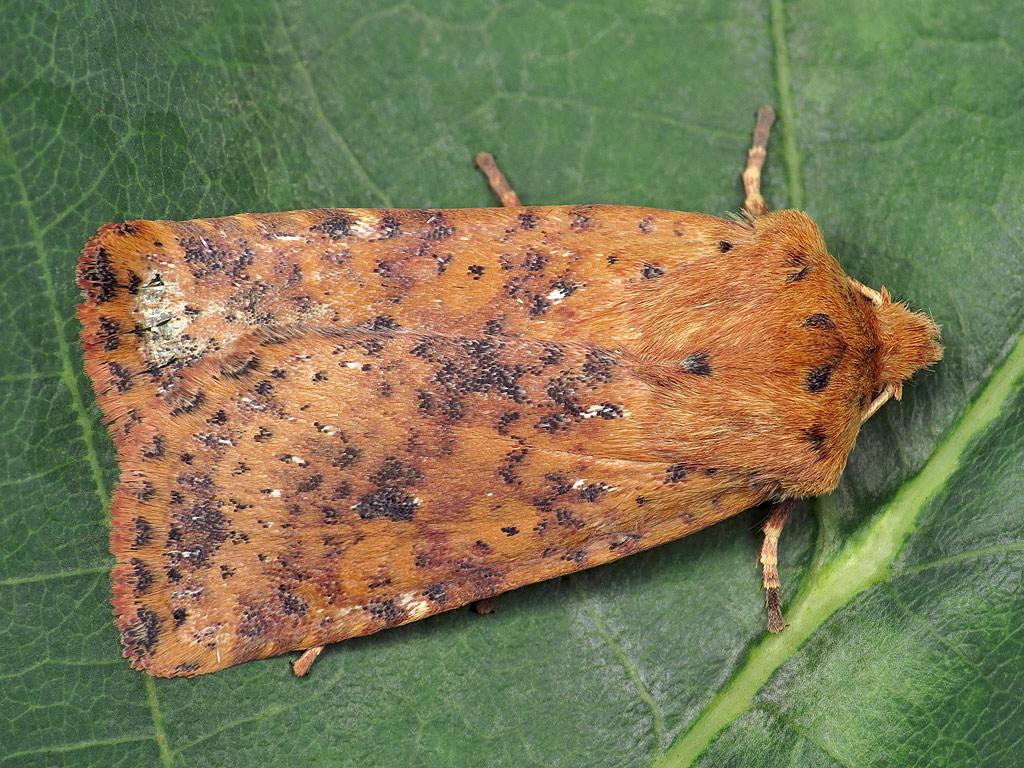
Dotted Chestnut - Ryszard Szczygieł
Dotted Chestnut
Ryszard Szczygieł
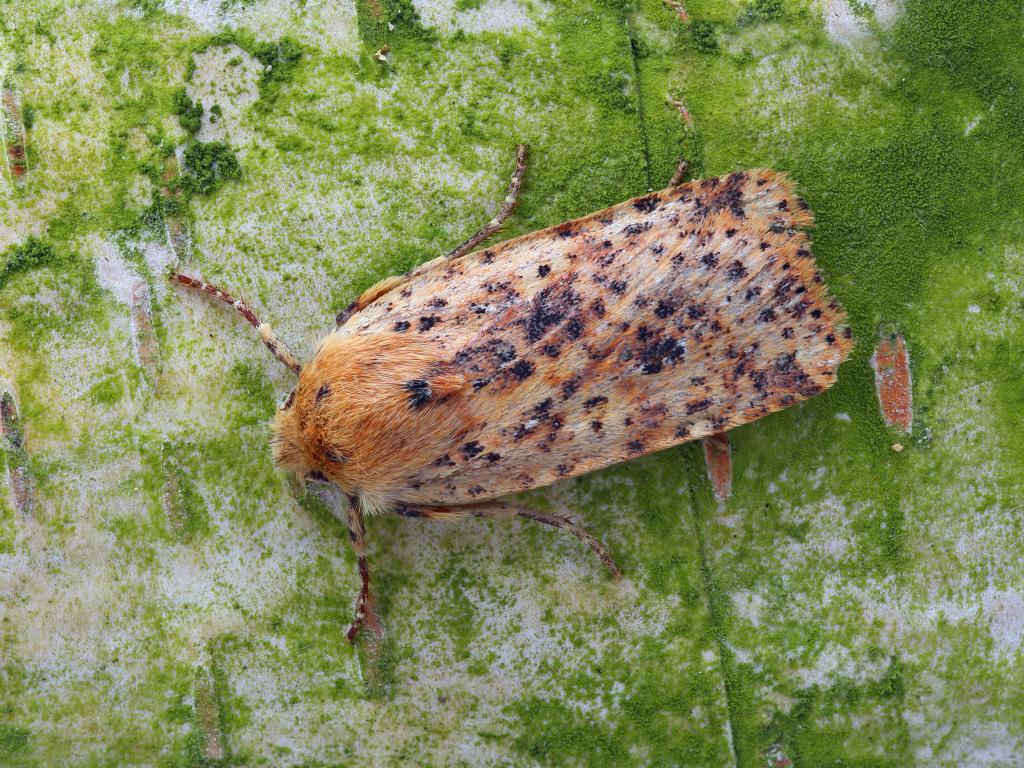
Dotted Chestnut - Patrick Clement
Dotted Chestnut
Patrick Clement
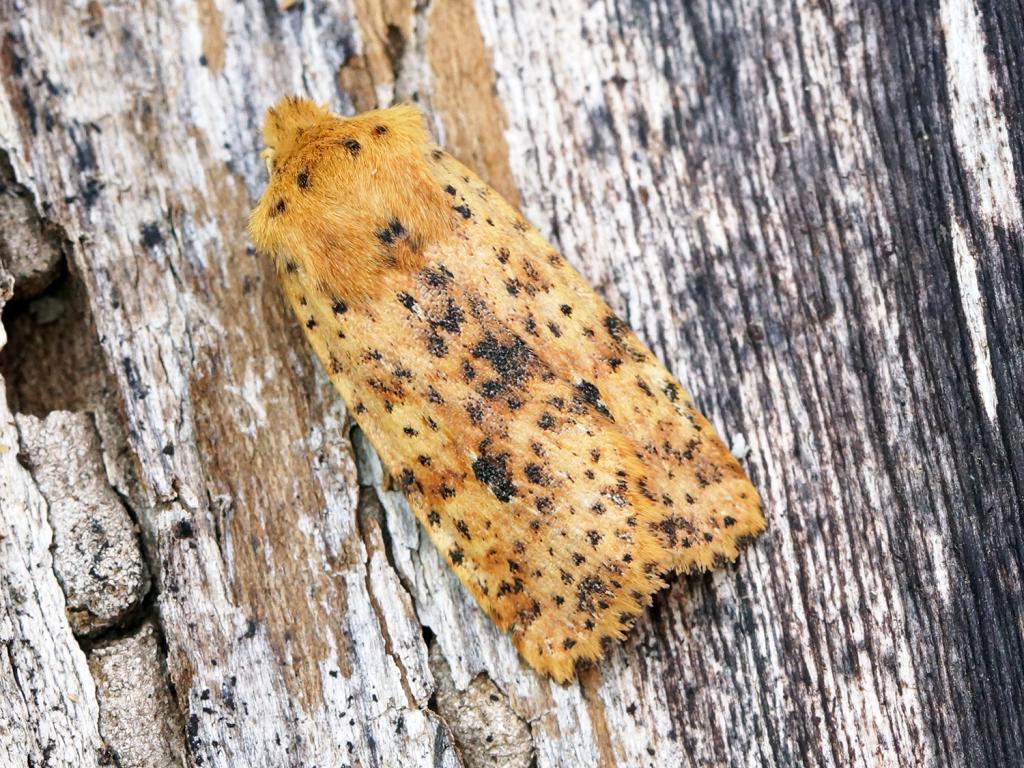
Dotted Chestnut - Ben Sale
Dotted Chestnut
Ben Sale
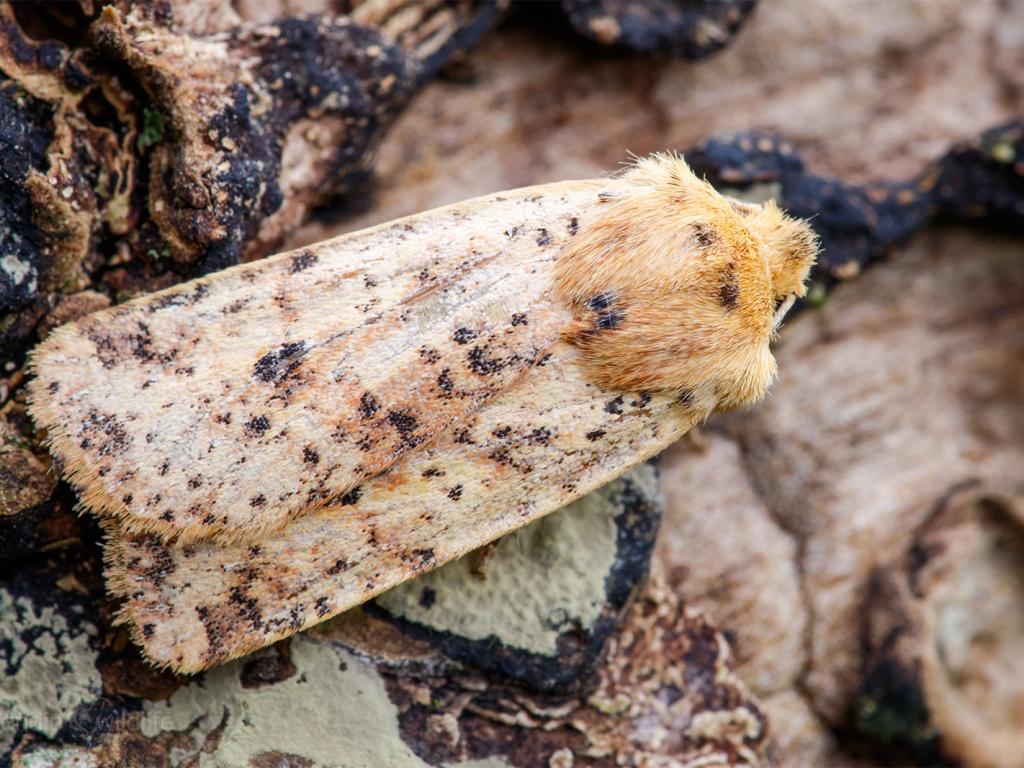
Dotted Chestnut - Heath McDonald
Dotted Chestnut
Heath McDonald
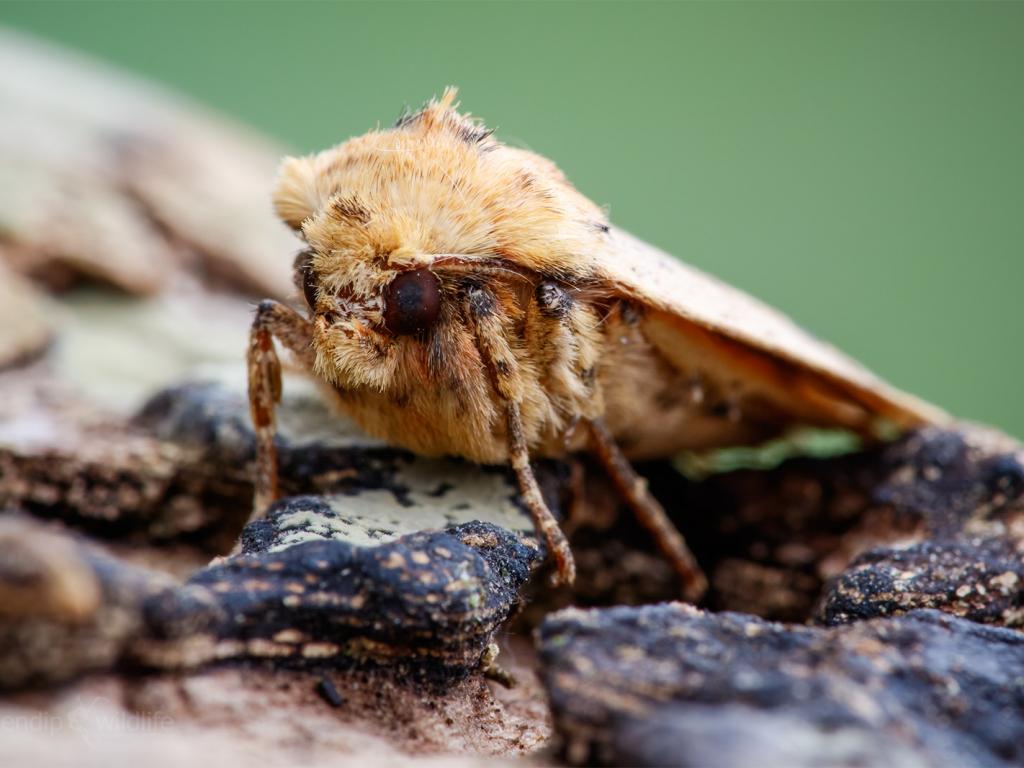
Dotted Chestnut - Heath McDonald
Dotted Chestnut
Heath McDonald
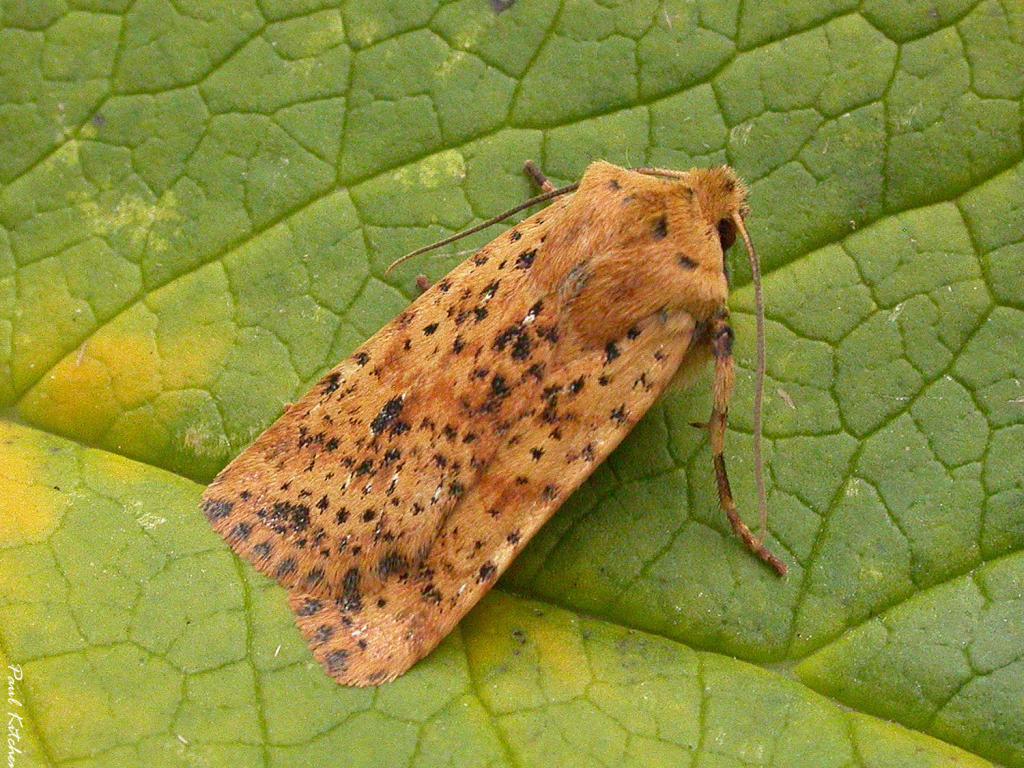
Dotted Chestnut - Paul Kitchener
Dotted Chestnut
Paul Kitchener
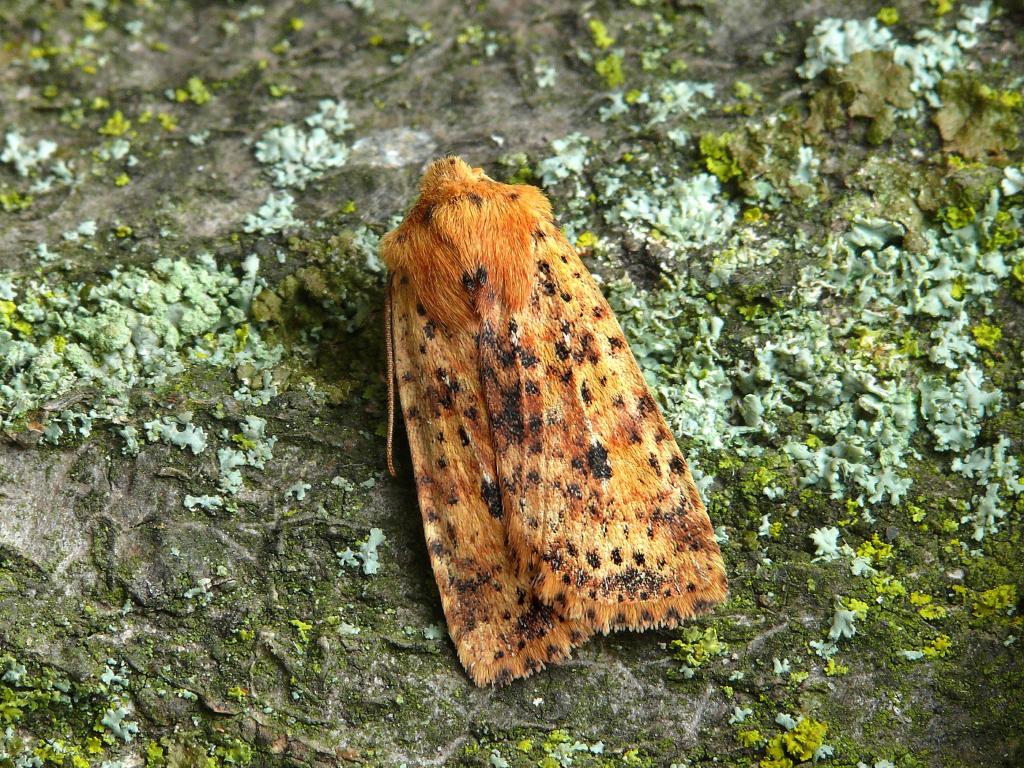
Dotted Chestnut - Patrick Clement
Dotted Chestnut
Patrick Clement
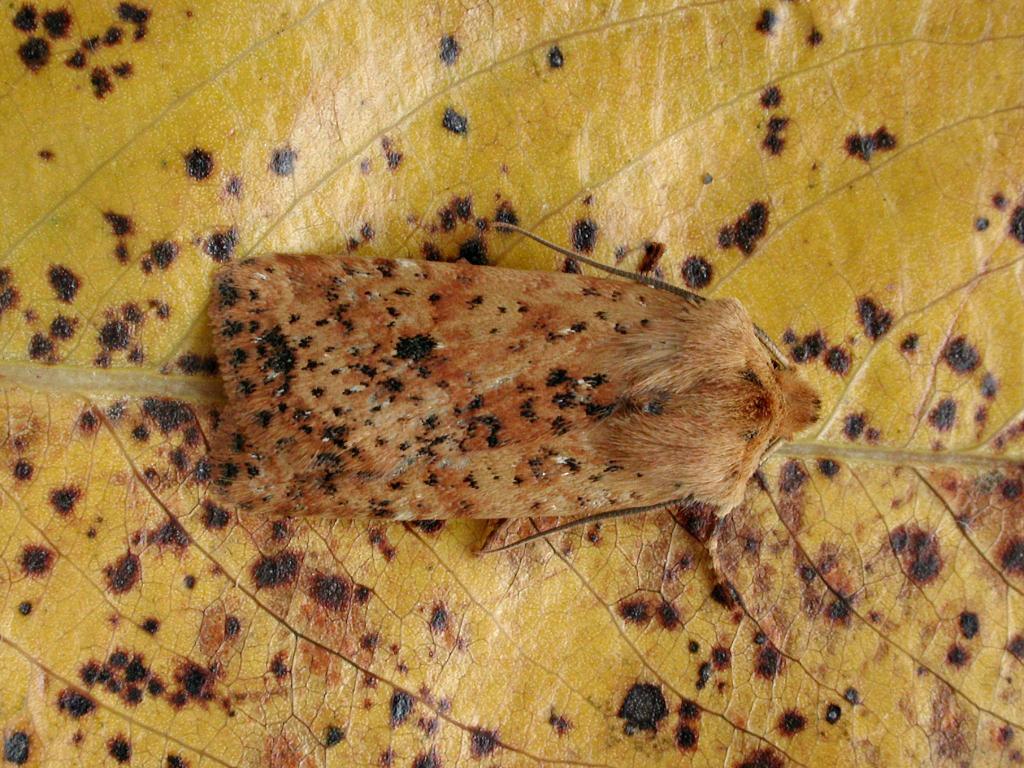
Dotted Chestnut - Stuart Read
Dotted Chestnut
Stuart Read
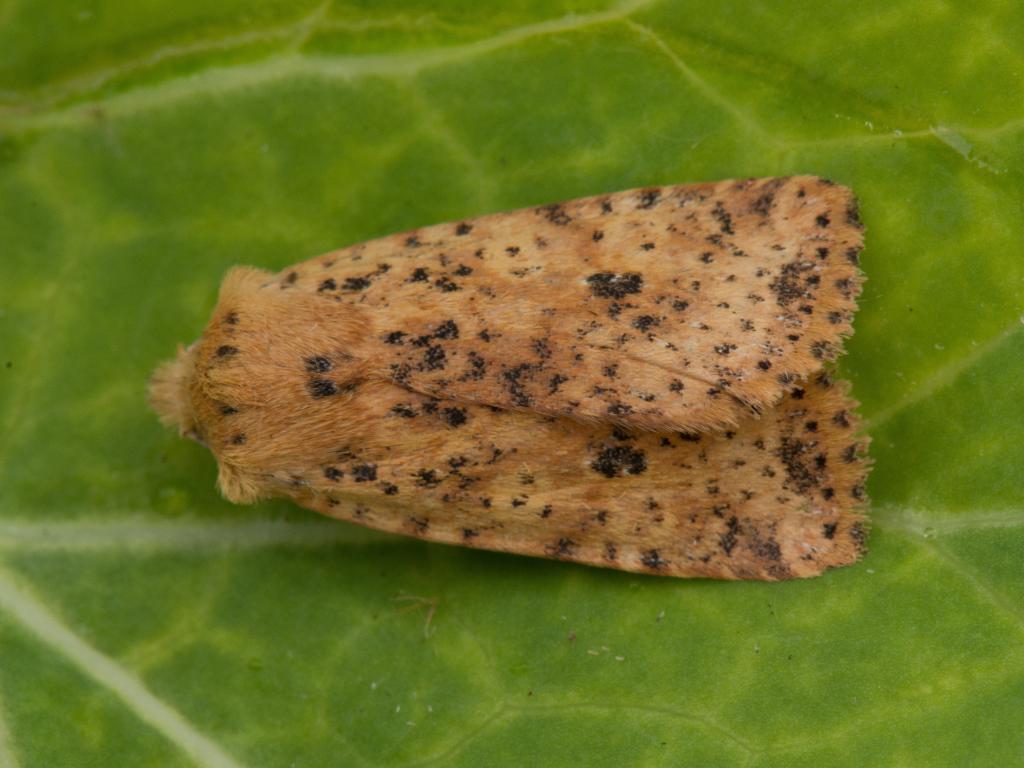
Dotted Chestnut - Koen Thonissen
Dotted Chestnut
Koen Thonissen
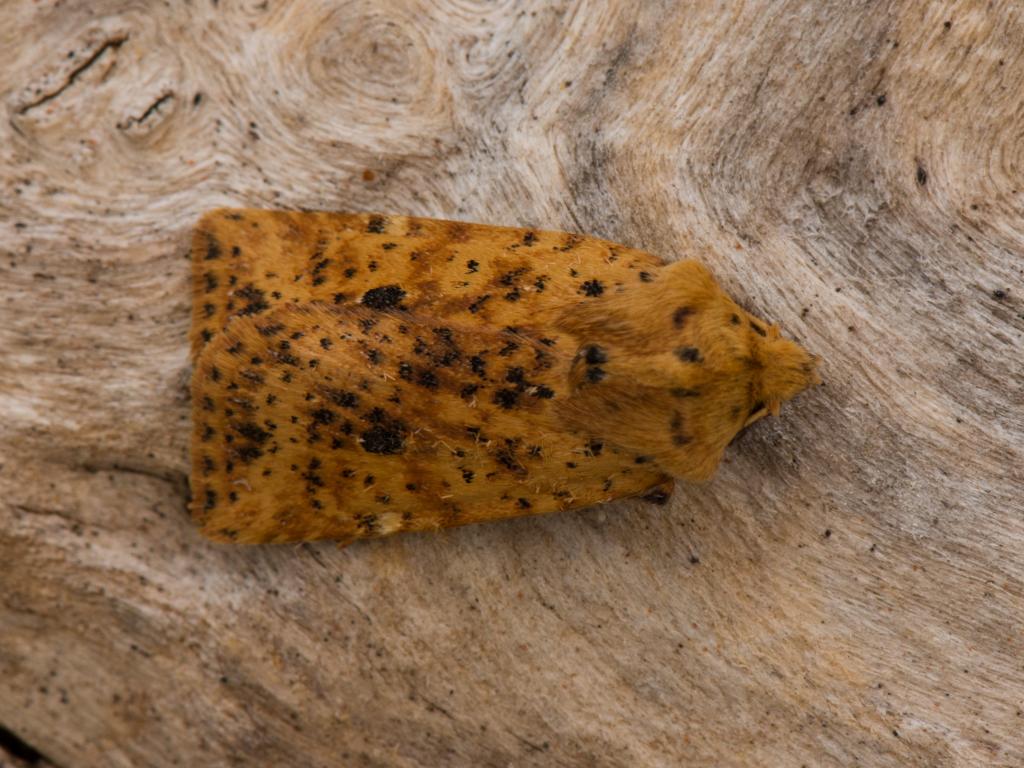
Dotted Chestnut - Koen Thonissen
Dotted Chestnut
Koen Thonissen
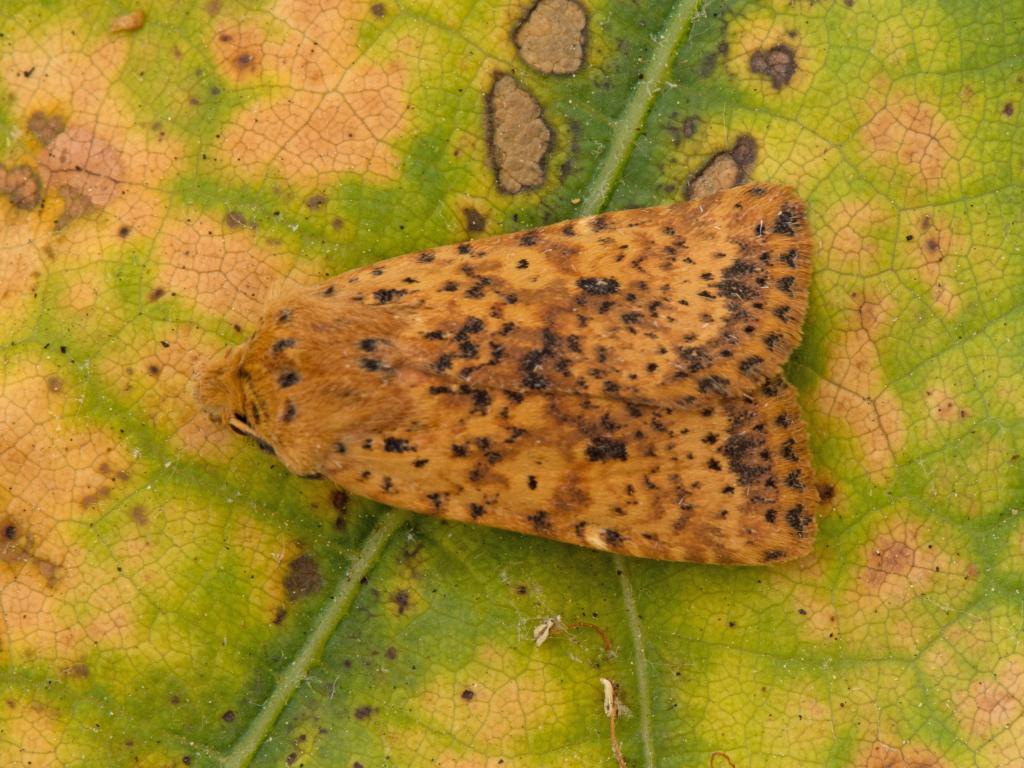
Dotted Chestnut - Koen Thonissen
Dotted Chestnut
Koen Thonissen
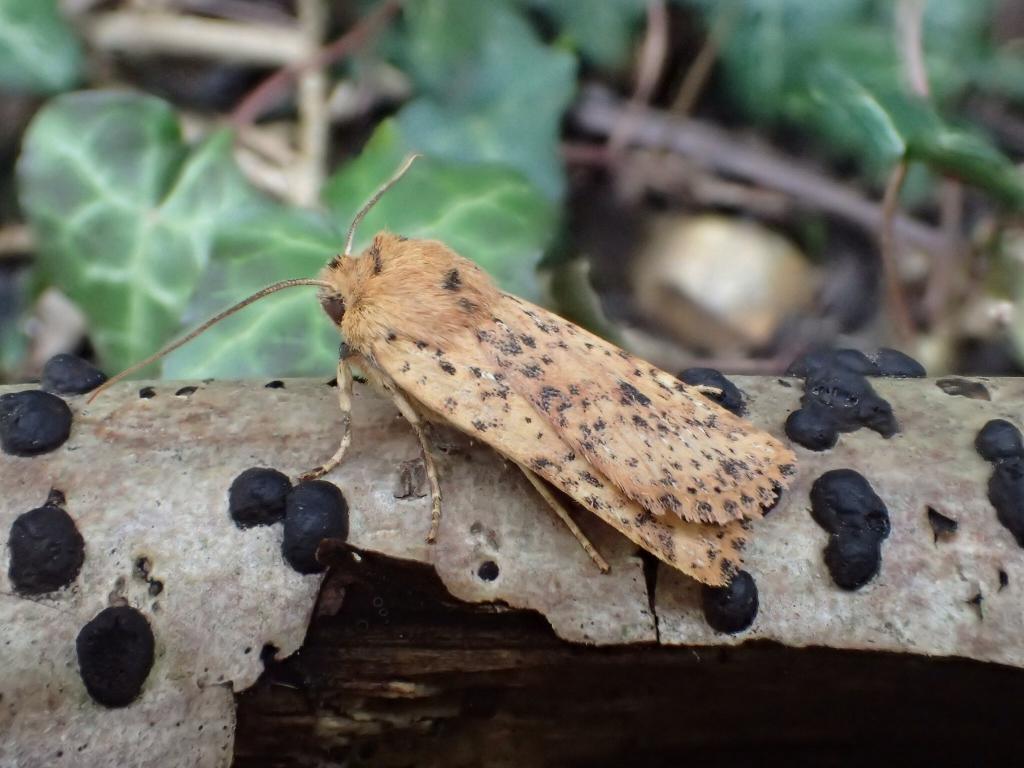
Dotted Chestnut - Dave Shenton
Dotted Chestnut
Dave Shenton

